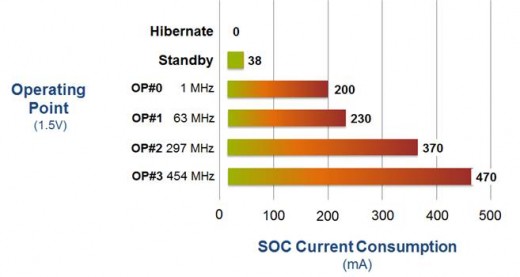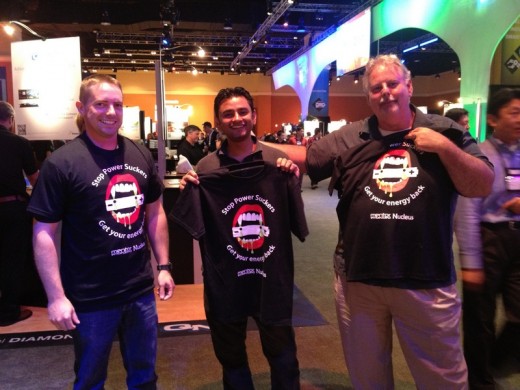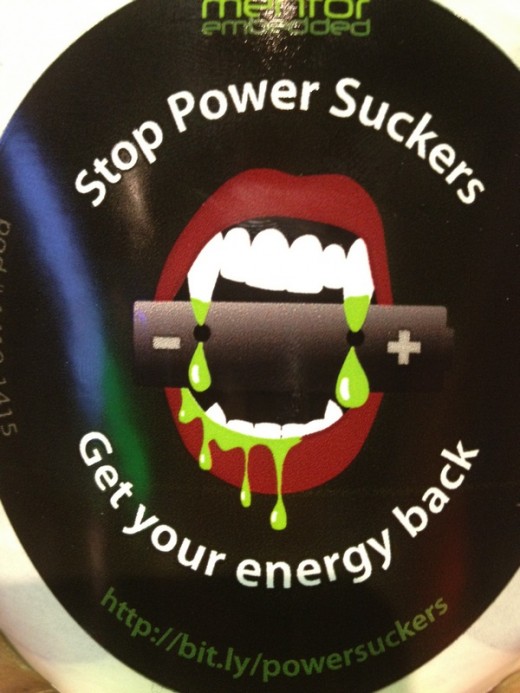Power Suckers
I have often observed that the world of embedded software is usually dominated by a small number of “fashionable” topics – technology that everybody is talking and/or concerned about. The key one just now, which I have discussed before, is the influence that software has on device power consumption. This is a topic to which I will certainly return.
A number of the Mentor Embedded team were at the Freescale Technology Forum [FTF] last week and my colleague Kamran Shah has written a guest blog about some of the fun that they had there, while talking about low power design …
Last week was the 2012 Freescale Technology Forum in San Antonio, Texas. As you can expect, it was warm and humid if you ventured outside, but most of the day was spent indoors, in technical sessions and the floor of the Technology Lab. For the Mentor Embedded team it was also our first showcase of new power management functionality in the Nucleus RTOS. Specifically the addition of hibernate and standby mode support to the power management framework in Nucleus. So let’s start with some power measurements our engineering team took on what this means to an embedded design and then we’ll share some fun we had at the show promoting this capability.
The table above shows measured current consumption on a Freescale i.mx 28 part. As you can see here it’s important to operate at most efficient operating point for your application. And it isn’t just about how long your application can run but also about the physical design and longevity of your embedded system. We can consider a battery powered device to see what the “how long can I run my application” number look like with some hypothetical operating scenarios:
- Scenario 1 – Device Operating at OP#3 100% of the time
- Scenario 2 – Device Operating at OP#3 50% of the time, OP#1 25% of the time, Standby 20% of the time, Hibernate 5% of the time
Assuming a AA Battery has 1050 mAh here’s what we’d see for how long our hypothetical devices would operate on 2 AA batteries (2100 mAh total):
- Scenario 1 – 4.5 hours
- Scenario 2 – 7.3 Hours
That’s truly hypothetical, but not made up since I didn’t come up with some 2x factor. 🙂 Having your application behave in this manner isn’t simple and it’s something the Nucleus engineering team has been focusing on for a while. We created a “marketing video” to convey what our goal is with the power management framework: to make it easy for embedded software developers to take advantage of the power saving features in todays SoCs.
We decided to have some fun at FTF and handed out some stickers to attendees and if they were seen with the stickers they’d be rewarded with a t-shirt … a VERY LOUD t-shirt. Oh, the sticker also has a URL that you might want to visit … trust me.
People loved the design or hated it, guess that’s the point. Whether you like the t-shirt design or not, you’ll hopefully find the lower power management features in Nucleus useful in your next embedded design.



Comments